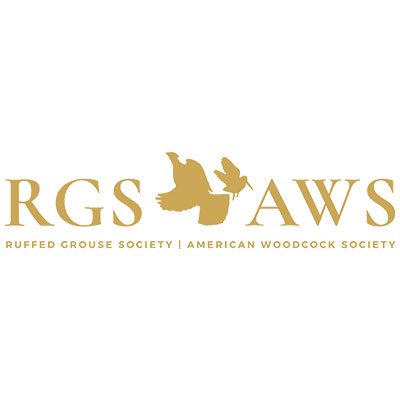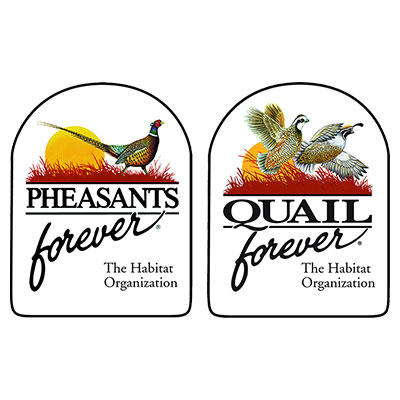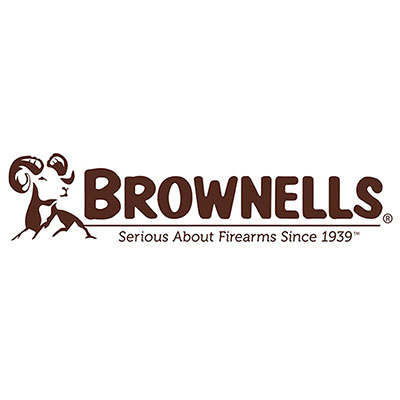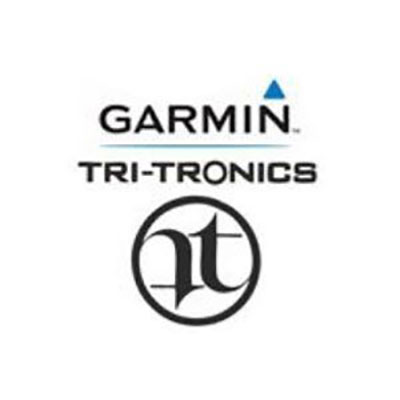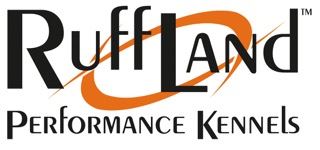Testing
About the NAVHDA Testing System
NAVHDA testing provides an evaluation on each dog tested.Valid, meaningful tests for versatile hunting dogs must be conducted in an environment that reflects actual hunting conditions, and they must test the important qualities of a good versatile dog. Judges must be knowledgeable, consistent and objective, and all testing and evaluation should reflect the extent to which dogs are productive hunting companions. NAVHDA tests have been designed with these requirements in mind. In addition, the NAVHDA database provides an accurate, searchable, and complete performance evaluation on each dog tested. NAVHDA tests are an evaluation, not a competition, so entrants in a NAVHDA test are judged one at a time, by three judges, with performance scored against a standard. An exception to this is the Invitational Test, in which dogs are braced in the field so each dog can demonstrate its willingness to back and work effectively with another dog. Prizes are awarded on the basis of numerical scores achieved in the test. Each dog that meets or exceeds minimum standards in all areas of work is placed in one of three categories: Prize I, II or III. If all dogs entered in a NAVHDA test perform well, all can receive a prize. All dogs tested must be registered with NAVHDA and both handlers and owners must be members of NAVHDA International. Test entrants need not be chapter members but test registration rate for non-members is $25 higher than member rate. In order to qualify for the member rate, the handler and at least one owner of the dog being tested must be chapter members. If you are interested in testing your dog or learning more about the specific tests we offer, please see the Test Entry Guidelines along with the Aims, Programs & Test Rules. |
Natural Ability TestDogs are eligible for a Natural Ability Test until and including the day they reach 16 months of age. Dogs over 16 months may be tested for evaluation only if space is available, but no prize classifications are awarded to dogs tested for evaluation. No game is shot during the NA test, and no retrieves are required. There is no set sequence for conducting the four general phases. The Natural Ability Test is organized into four main segments, or phases, as follows: 1. Field Phase - The dog is hunted in cover where the presence of game has been assured by releasing of game birds. Each dog is hunted for a minimum of 20 minutes and is evaluated on:
2. Tracking Phase - The dog is given an opportunity to track a flightless running pheasant or chukar. Each dog is judged on the following items:
3. Water Phase - The dog is tested for its affinity for water. The following items are judged during the water test:
4. Evaluation of Physical Attributes - Each dog's teeth, eyes, and coat are evaluated, typically after completion of the water phase. | Gundog TestThe Gundog Test is divided into three main segments: 1. Field Group – Each dog is hunted for a minimum of 25 minutes and is evaluated on: Search, Pointing, Steadiness on Game, Retrieve of Shot Bird, and Retrieve of Dragged Game 2. Water Group – Walking at Heel to the blind, Steadiness by Blind, and Retrieve of a Thrown Duck 3. Evaluation of Physical Attributes - Each dog's teeth, eyes, and coat are evaluated, typically after completion of the water phase. The following are judged throughout the Gundog Test:
Utility TestThe Utility Test is divided into three main segments: 1. Field Group – Each dog is hunted for a minimum of 30 minutes and is evaluated on:
2. Water Group – Search for a Duck, Walking at Heel, Remaining by Blind, Steadiness by Blind, Retrieve of a Duck. 3. Evaluation of Physical Attributes - Each dog's teeth, eyes, and coat are evaluated, typically after completion of the water phase. The following are judged throughout the Utility Test:
|
Upcoming Test Schedule: Test registration is available only on this website!
|
See our testing guidelines | Links Related to RESULTS AND SCORES |

